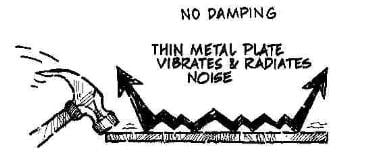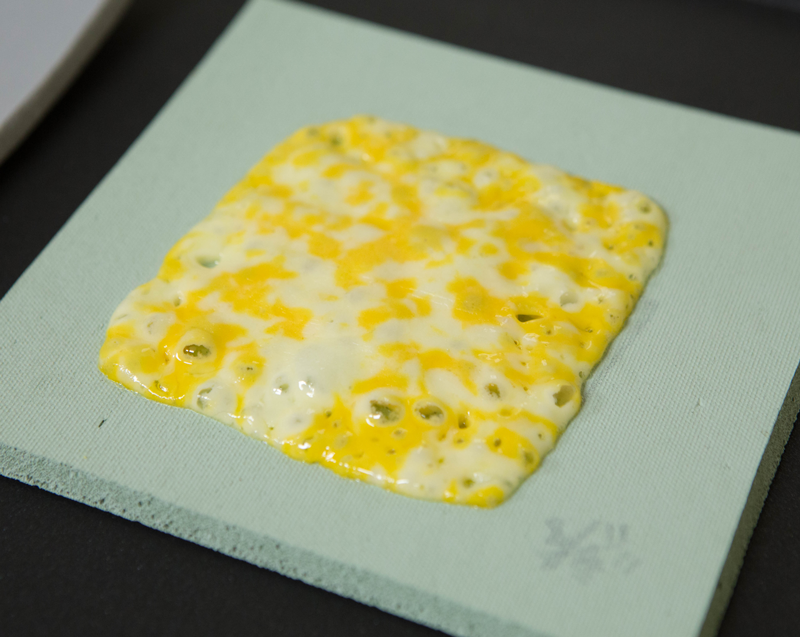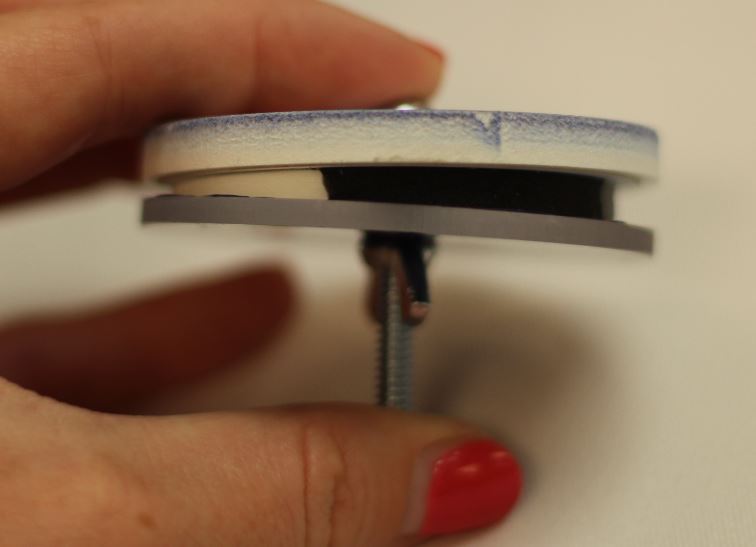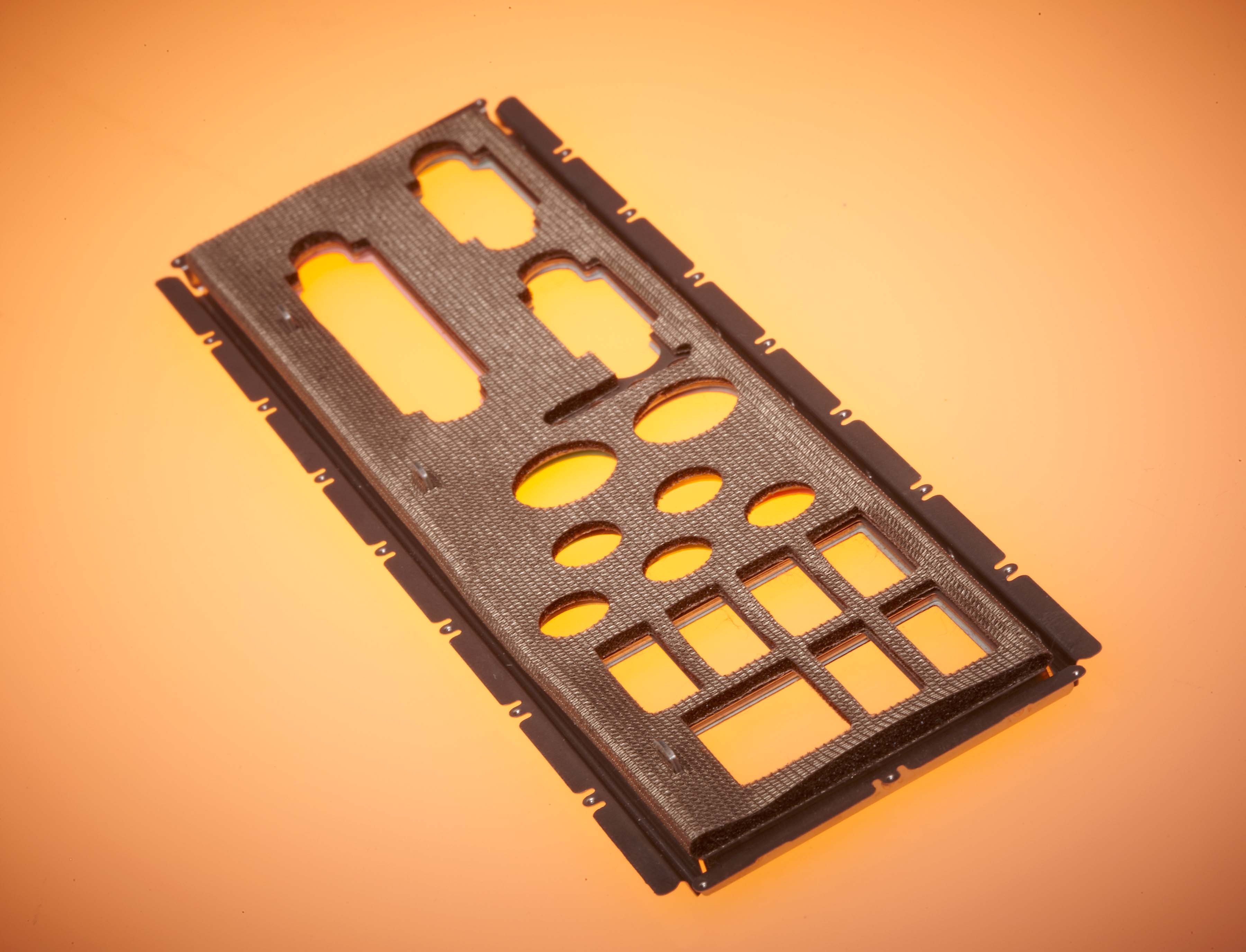Emblem Adhesive Tape Solutions
Think about all the things an emblem is exposed to each day during its lifetime. Depending on their use, emblems have to absorb the shock of a car driving over a pothole, the blow of a boat sailing over a wave, the turbulence of a plane flying through a jet stream, and even the vibrations of a running washing machine.
On top of all those external forces, in many situations, weather conditions are also a major factor. It's no easy task for an emblem to hold its bond or evade cracks during hot summers, cold winters, and severe weather storms.
After all an emblem endures, you would expect it to fall off quickly, which it will, unless you use industry leading emblem adhesive tapes to create a strong bond. Using the highest quality attachment materials ensures an emblem will maintain its longevity and hold a strong bond.









